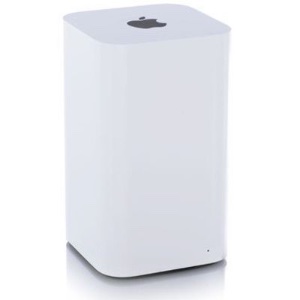Today at its Worldwide Developer Conference, Apple announced the M2 Ultra, a new system on a chip (SoC) that delivers huge performance increases to the Mac and completes the M2 family.
Johny Srouji, Apple’s senior vice president of Hardware Technologies, says the M2 Ultra is the largest and most capable chip Apple has ever created. It’s built using a second-generation 5-nanometer process and uses Apple’s UltraFusion technology to connect the die of two M2 Max chips, doubling the performance.
The M2 Ultra consists of 134 billion transistors — 20 billion more than M1 Ultra. Its unified memory architecture supports up to 192GB of memory capacity, which is purportedly 50% more than M1 Ultra, and features 800GB/s of memory bandwidth — twice that of M2 Max.
Srouji says that the M2 Ultra features a more powerful CPU that’s 20% faster than M1 Ultra, a larger GPU that’s up to 30% faster, and a Neural Engine that’s up to 40% faster. It also features a media engine with twice the capabilities of M2 Max for faster ProRes acceleration.
The M2 Ultra is built from two M2 Max dies connected through UltraFusion, Apple’s custom-built packaging technology. UltraFusion uses a silicon interposer that connects the dies with more than 10,000 signals, providing over 2.5TB/s of low-latency interprocessor bandwidth.
Srouji says UltraFusion’s architecture enables M2 Ultra to appear as a single chip to software. This means code doesn’t need to be rewritten to utilize the extreme performance of M2 Ultra and makes UltraFusion unlike anything else in the industry, he adds.
The 24-core CPU of M2 Ultra consists of 16 next-generation high-performance cores and eight next-generation high-efficiency cores, which Apple says delivers up to 20% faster performance than an M1 Ultra.
The GPU can be configured with 60 or 76 next-generation cores. This is up to 12 more cores and up to a 30% improvement compared to the GPU of the M1 Ultra, Srouji says.
The M2 Ultra features 800GB/s of system memory bandwidth. And it can be configured with 192GB of unified memory.
Article provided with permission from AppleWorld.Today




